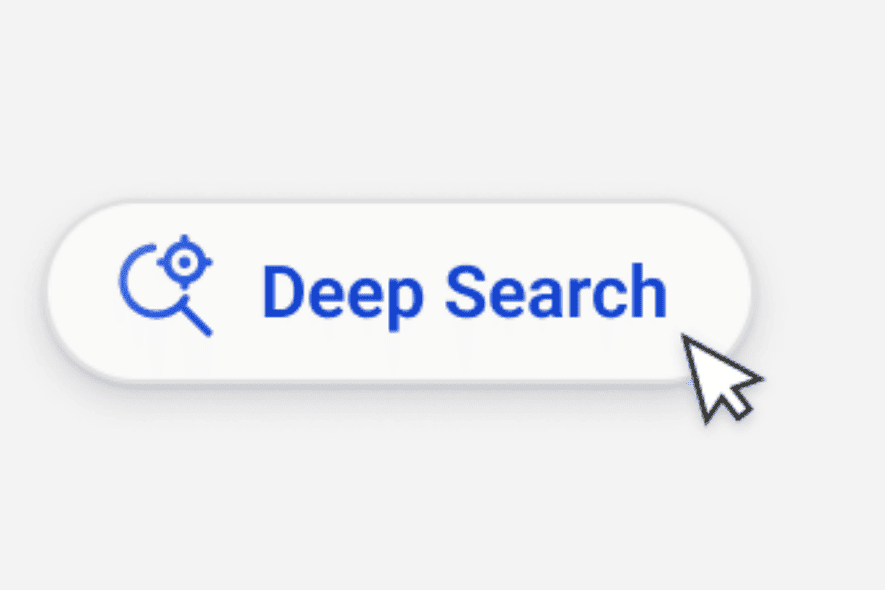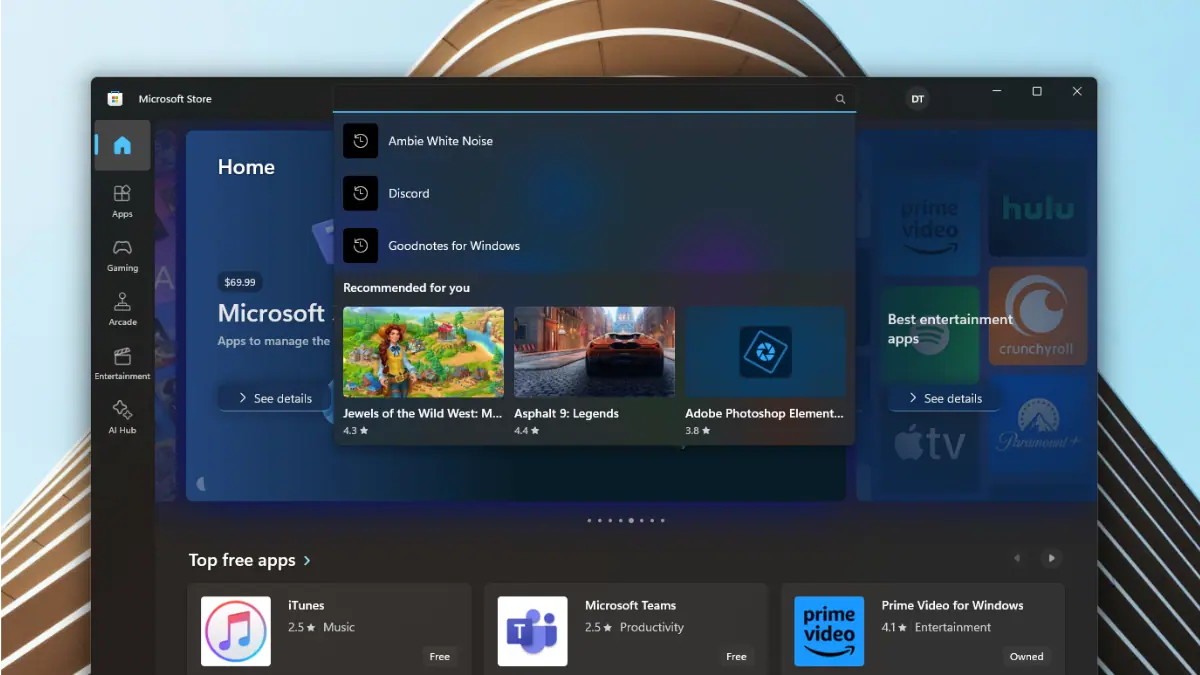Microsoft admits Bing 'Deep Search' "turned out to be more popular than anticipated"
2 min. read
Published on
Read our disclosure page to find out how can you help MSPoweruser sustain the editorial team Read more
Key notes
- Deep Search’s popularity exceeded expectations, revealing infrastructure limitations that need improvement.
- The feature is undergoing “shadow flight” testing to refine its capabilities before public relaunch.

Microsoft launched the Deep Search feature on Bing last year in December, powered by OpenAI’s GPT-4 language model, and is undergoing adjustments due to higher-than-anticipated user interest. Deep Search aims to provide more nuanced and relevant responses to complex queries than traditional search engines.
In a Twitter exchange, CEO of Advertising & Web Services at Microsoft, Mikhail Parakhin, acknowledged the feature’s popularity, stating, “It turned out to be more popular than we anticipated.” He further explained that the initial vision for Deep Search leaned towards a research tool, prompting the team to address scalability and infrastructure limitations revealed by the surge in user interaction.
What is “flight”?
The term refers to the testing phase of a software feature. This type of testing is where a feature is run live for a limited audience, but the results are not visible to the users. The purpose is to collect data and stress-test the feature before launching it publicly. This allows the team to stress-test and refine the infrastructure before a wider rollout.
While the temporary adjustment might suggest challenges, it also highlights the potential of Deep Search. The significant user interest signals a demand for search tools that move beyond simple keyword matching and delve deeper into understanding user intent and context.
Microsoft has not yet announced a specific timeline for Deep Search’s return. However, their commitment to addressing technical aspects and improving the user experience underscores their belief in the feature’s potential.
This temporary adjustment can be seen as necessary to ensure Deep Search’s ability to handle real-world demand and fulfill its promise of a more advanced search experience.








